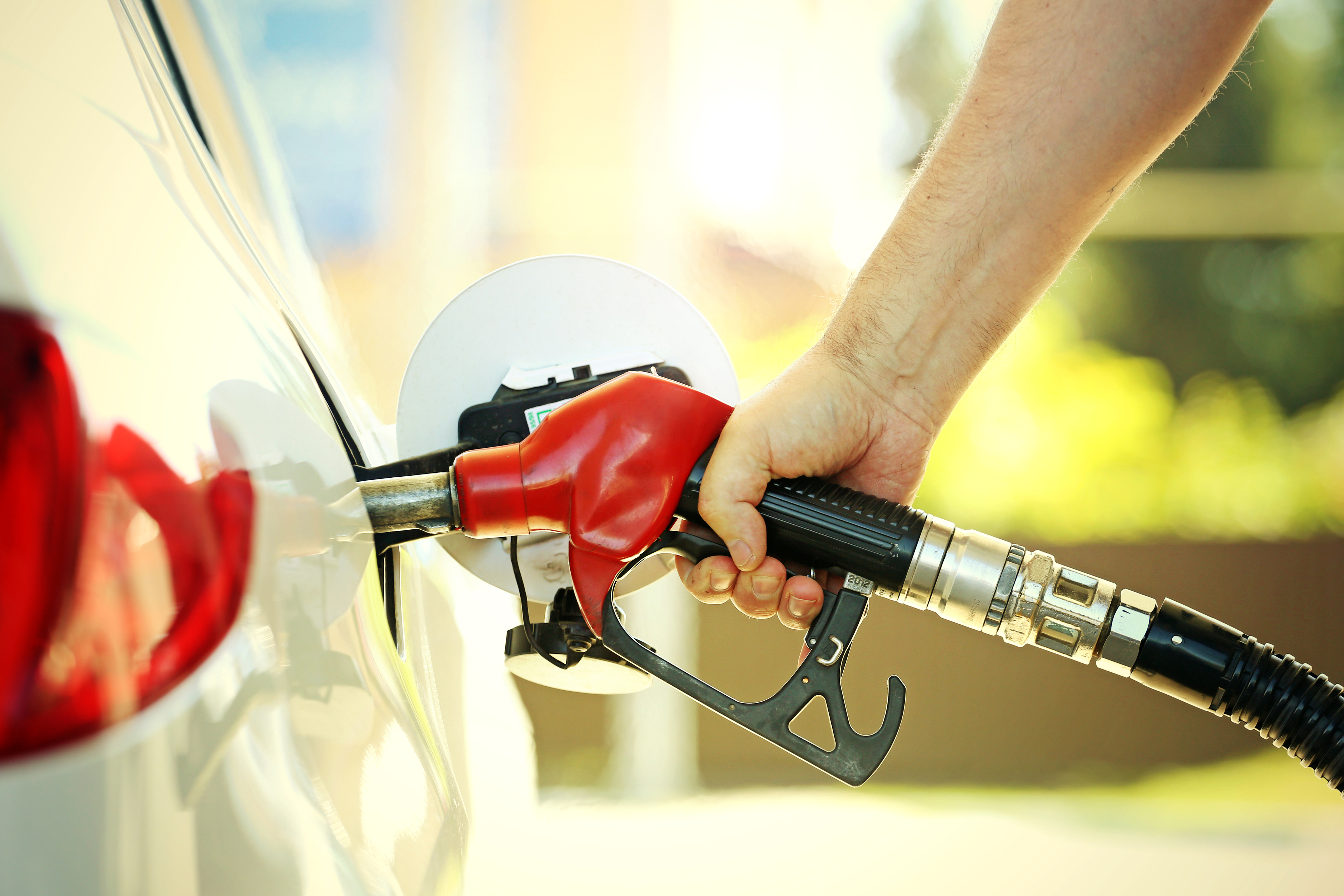Advertisement feature from Chevin

Fuel generally accounts for around 30% of a fleet’s operating costs, but without careful management can lead to significant overspend – by deploying a number of simple, yet highly effective strategies you can greatly reduce your fleet’s fuel costs. Read on for some of our tips to save fuel.
Fuel Purchasing
If you operate a large, centrally-based fleet and buy commensurately large amounts of fuel, you have the option of purchasing wholesale fuel and running it out of your own fuelling station. However, if you run a small-medium sized fleet and your drivers buy fuel at the pump, you have the option to use a fuel card that:
- Provides discount on pump prices
- Gives you data for reporting
- Produces electronic receipts for easier management
Vehicle Choice
Surprisingly, many fleets do not look at fuel consumption as a metric when choosing which vehicle to purchase. A smart choice of where to begin is the official MPG figures provided by manufacturers; however there is debate on the validity of these figures, Parkers argue that:
“driving style, car maintenance and driving conditions all have an impact on performance. Very few of us manage to hit the official figure and it’s why the Energy Saving Trust recommends a 15% adjustment from the official mpg as a realistic target for real world mpg”.
Plan your Routes
Do your drivers plan their routes? If so, what do they base the “best” route on? The shortest route is not always the most efficient: for example, a shorter route with a lot of traffic lights and hills may use more fuel than a longer route with no traffic lights on level roads.
Driver Behaviour
As long as your vehicles are well-maintained, the single biggest factor affecting fuel consumption is how the driver behaves behind the wheel: Provide your drivers with training based on these steps and you will notice the difference in fuel consumption:
- Be in the right gear (+3% efficiency)
- Optimise routes (+12% efficiency)
- Drive smoothly (+31% efficiency)
- Keep tyres correctly inflated (+3% efficiency)
- Remove unused external assets (+11% efficiency)
- Remove excess weight (+1% efficiency)
- Avoid idling (+4% efficiency)
Final Thoughts
We suggest that you use telematics and driver apps for more in-depth reporting on driver behavior and vehicle performance. You should look for:
 Reports when drivers are braking hardest, accelerating the fastest and idling the most. This allows you to accurately pinpoint where fuel is being wasted and where fuel can be saved.
Reports when drivers are braking hardest, accelerating the fastest and idling the most. This allows you to accurately pinpoint where fuel is being wasted and where fuel can be saved.
Audio and visual dashboard tools that highlight poor practice directly to the driver in real time. This will encourage better driving on the job instantly, rather than retrospectively.
Integration into fleet fuel management software, for more sophisticated analysis in a similar manner to fuel cards. For example, you can highlight mileage claims that don’t match routes actually taken, thus helping to tackle potential fraud and even manage your driver licence checks. Download our latest whitepaper ‘Selecting the right fuel for the job’
Find out more at https://www.chevinfleet.com/products/fleetwave/














Login to comment
Comments
No comments have been made yet.